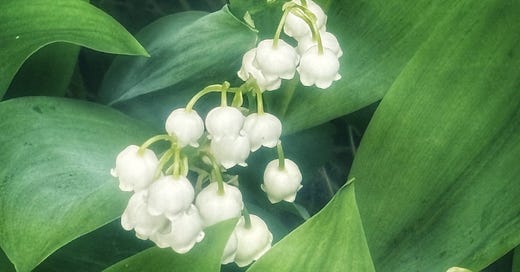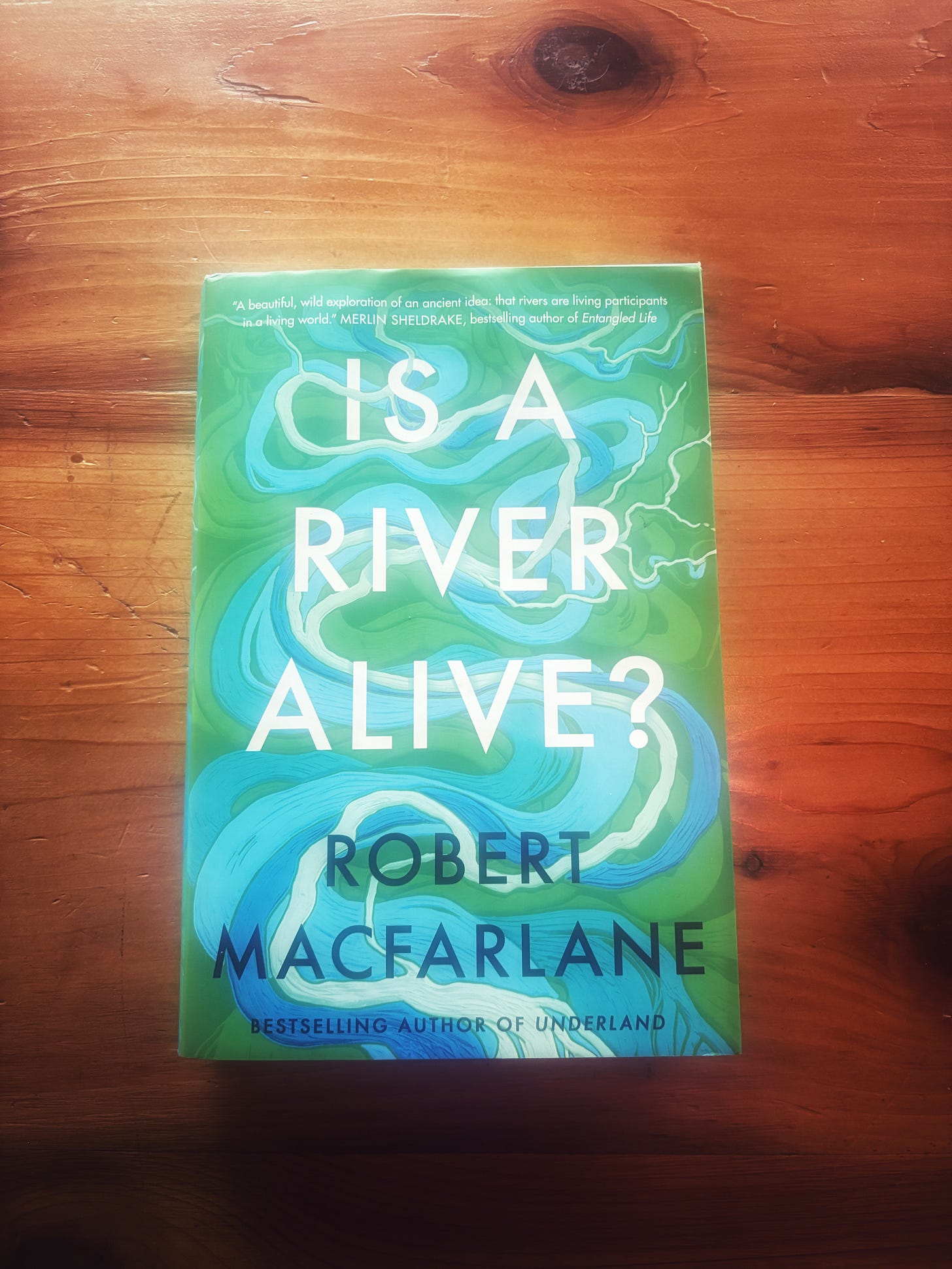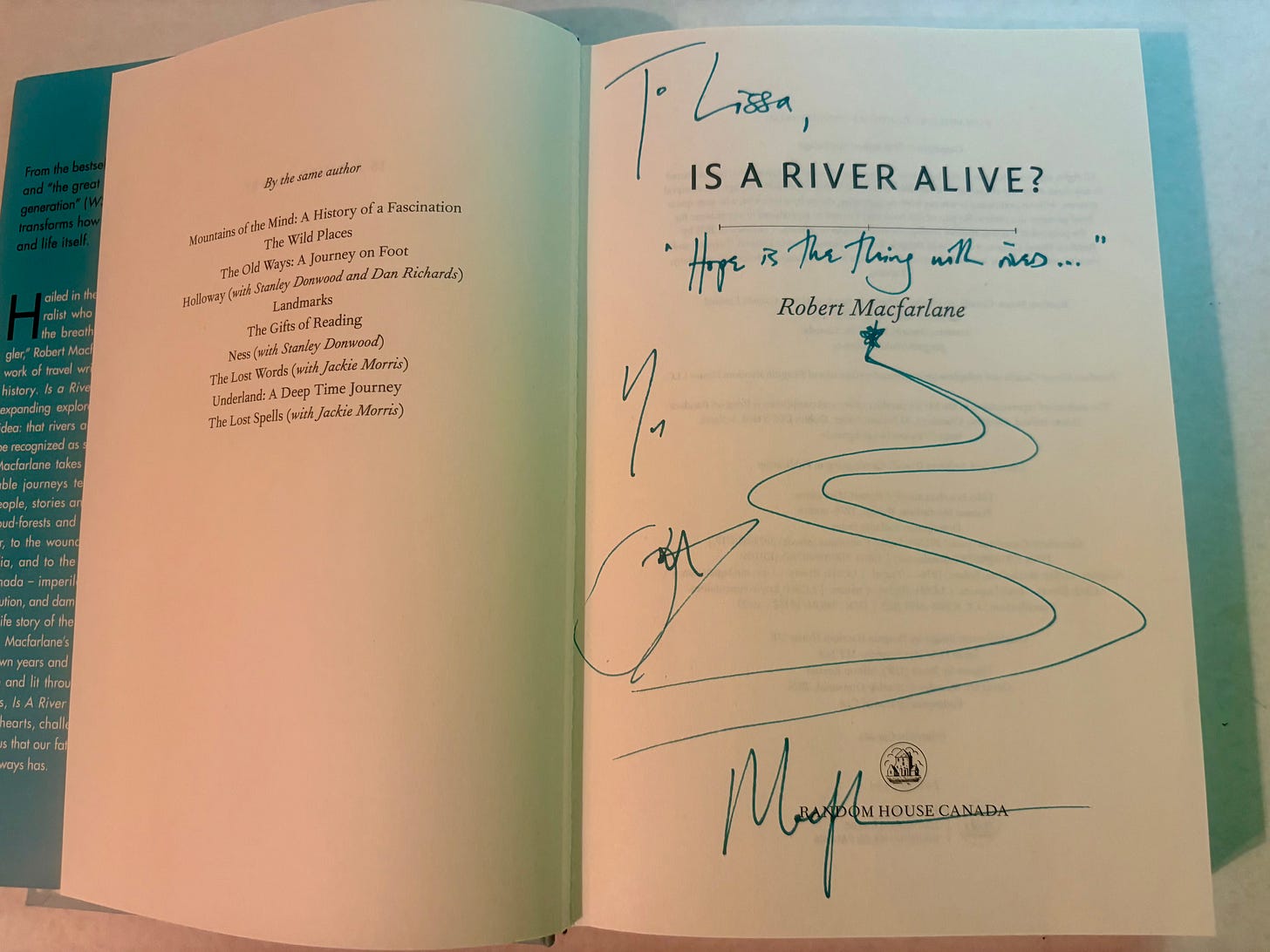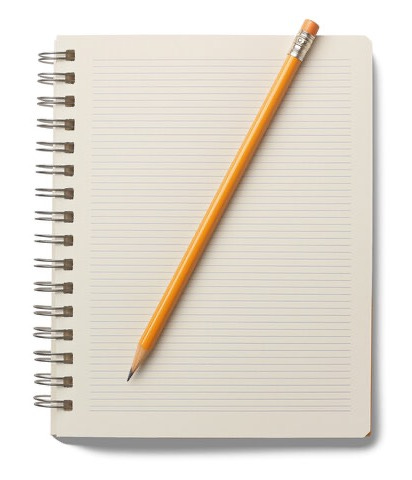Spring reclaims the treehouse: welcome home, they said
Life from the maples: mindful journal prompts, gentle read recos, birdsong—and stories that take flight
Spring sprung up all around the treehouse while I was gone: lily of the valley and Solomon's plume, waved to me on my way up; dandelions and grasses pushing through feeble cracks in the stone steps; lilacs deeply brooding over the front walkway, leafy branches weaving, probing, blocking the door; maples couching the deck have exploded with leaves that erase the view of the road and neighbouring houses.
It looks like no human lives here, or has in the last two years or more.
I soon discover that the European starlings have returned to nest at the spot around the chimney and will soon be waking me with their famished cheeps. And something's living in the roof, most likely another nesting bird pair as I hear sounds like a chicken flapping inside a pillowcase.
And, how can I forget the ants in the dozens marching around the sink and windowsills that moved in while I was away. Or the arrival of the black flies, annoying maimers that can't wait to find me outside engrossed in my work, skin exposed, and forgetting the last year when they feasted gleefully on me, face to ankle. It took weeks to heal from all the bites.
“Welcome home,” they all said! “Happy Spring!”
📚A gentle read
This week, I’m reading:
Is A River Alive? by Robert Macfarlane
To say that I’ve been waiting for this book for months would be no exaggeration. From the moment I heard from a friend in the UK that Robert Macfarlane, the renowned UK nature writer was writing a book about the aliveness of rivers, I contacted my local bookstore and pre-ordered a copy. I only picked it up on the day he was reading in Ottawa to a packed church during a momentous thunderstorm. So there we were, myself and two friends, sitting in the church pews, wet clothes clinging to us, like we’d just been swimming in a river. He spoke about his love of rivers, how many are dying or dead, and how he feels deeply that the rivers he wrote about (three in total) helped him write the book.
As someone who is actively working with a group to obtain legal rights of the river near my home—the Tenàgàdino Zibi (Gatineau River), and who has felt the pulse of this river beneath me while rollercoastering down a set of “elevator” rapids north of here, I couldn’t agree more.
This book delves into humans’ relationships with rivers, our histories and cultures shaped by rivers from India to Quebec. We meet the people whose veins flow with river water; poets (like Innu poet and writer Rita Mestokosho), kayakers, scientists.
Although I haven’t finished yet, I’ll say that this is an expedition of the imagination as much as it is a rally cry.
“Hope is the thing with rivers.”
📝 Mindful writing exercise
Each time I write to you, I offer a mindful journal prompt—a gentle invitation to pause, breathe, and check in with yourself through writing. These prompts are not about perfect sentences or deep reflection (unless you want them to be). Instead, they’re a self-care pause—a moment to meet yourself on the page with curiosity and kindness.
Gather your notebook (or a piece of paper) and a pen. Find a comfortable place on a sofa, a chair at your desk, or on a cushion on the floor. Take a few moments to sense the inflow and outflow of breath. Allow your awareness to follow the breath as it expands your lungs and abdomen and exits through your nose. With each breath begin to let go a bit more.
This week’s prompt: Spring’s Invitation
As spring unfolds (or maybe it already has where you are), take a moment to pause and breathe deeply. Imagine stepping into a world waking up—buds thick on branches, fresh shoots pushing up through the earth, the hum of bees and birdsong creating a soundscape all around you. Notice the colours, the scents, the gentle murmurings of life.
Now, turn your attention inward. What new growth is quietly waking within you? What ideas, feelings, or dreams are asking to be born? Like the first fragile leaves reaching for sunlight, what parts of yourself are ready to stretch and grow?
Let your pen move freely across the page. Write whatever comes to mind as you finish this sentence:
“What is growing in me now is…”
There’s no need to edit or judge—just notice what arises.
When you’re ready, close your writing with a simple intention: how will you nurture this new growth in the days ahead?
🥣 Food to nourish you
Because self-care isn’t only words on the page, here’s a simple recipe I’m loving right now:
Simple Chamomile Mint Tea
A gentle, calming blend perfect for settling into mindful writing. The chamomile soothes while the mint provides clarity.
Ingredients
1 teaspoon dried chamomile flowers
1/2 teaspoon dried peppermint or spearmint leaves
1 cup boiling water
Honey to taste (optional)
Place the chamomile and mint in a tea strainer or directly in your cup. Pour boiling water over the herbs. Cover and steep for 5-7 minutes. Remove strainer or strain out loose herbs. Add honey if desired. Sip slowly, letting the warmth and aroma ground you before you begin writing.
Note: Both herbs are available in the tea section of most grocery stores. If using fresh mint from your garden, use about 6-8 leaves and bruise them gently before steeping.
📝 News
I’m excited to tell you that my new course Ease Into Calm With Mindful Writing is open for enrollment. The course begins June 9.
Thank you for being here. Take what you need, leave the rest, and know that your words — even the messy, unfinished ones — matter.
Yours in Ink & Earth,
Lissa M. Cowan
Find more mindful writing resources at: lissamcowan.com
Follow me on: Instagram | Facebook
I write this newsletter on the unceded traditional territories of the Algonquin Anishinabe people who have been stewards of this land since time immemorial. I acknowledge my responsibility as a settler to work toward decolonization and right relations.
Yours in Ink & Earth,









